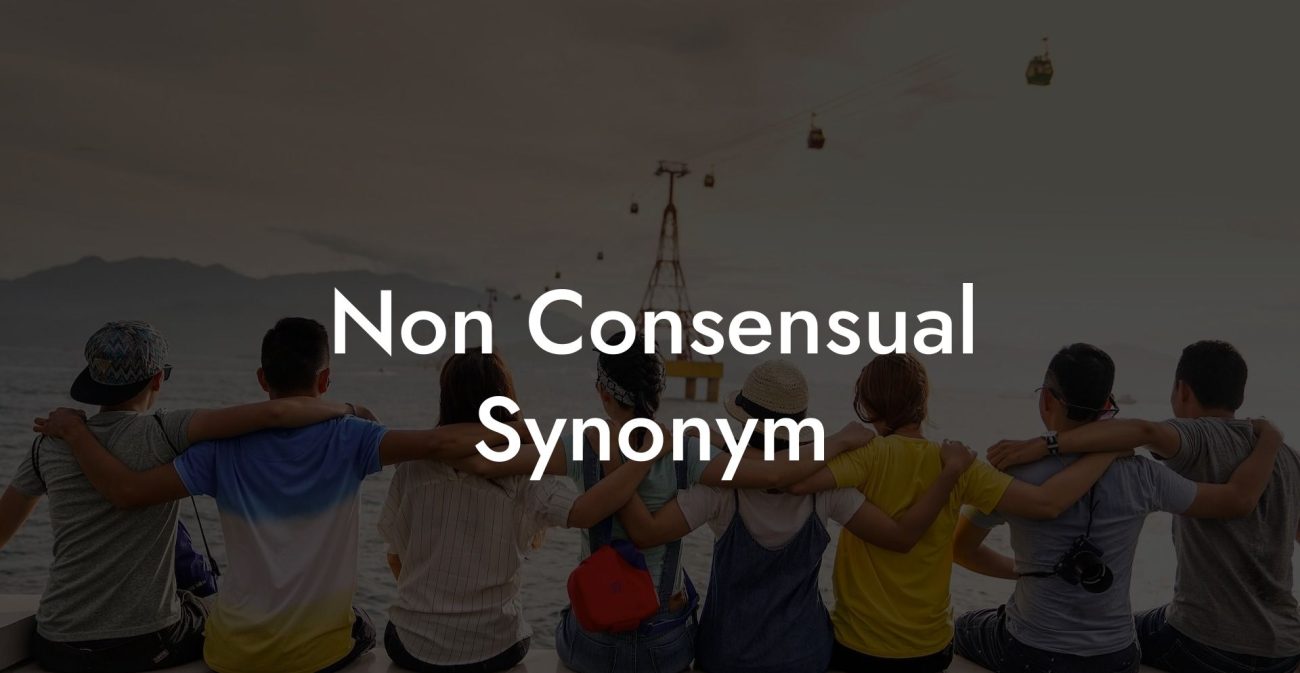Vivaciously embracing and exploring different relationship dynamics has become a topic of interest for many in today's society. As individuals and couples search for ways to enrich their lives and strengthen their connections, understanding various relationship structures like monogamy, non-monogamy, and polyamory is crucial. In this comprehensive guide, we'll delve into what it means to live a vivacious life while exploring these relationship models and provide you with valuable insights to help you navigate your journey through love and commitment.
Vivaciously Table of Contents
Understanding Monogamy, Non-Monogamy, and Polyamory
In order to fully embrace a vivacious lifestyle and explore different relationship dynamics, it's essential to understand the fundamentals of monogamy, non-monogamy, and polyamory.
Monogamy
- Refers to the practice of being romantically and sexually involved with only one person at a time.
- Monogamous relationships are often seen as the societal norm and are primarily based on cultural, religious, and personal beliefs.
Non-Monogamy
- Defines a relationship in which individuals are open to having sexual and/or romantic connections with more than one person.
- Common types of non-monogamous relationships include open relationships, swinging, and casual dating.
Polyamory
- Is a specific form of non-monogamy, where individuals maintain multiple romantic and emotional relationships at the same time.
- Polyamorous relationships can come in various forms, including triads, polycules, and vee relationships.
Exploring Different Relationship Dynamics
Choosing the right relationship model for yourself or with a partner depends on various factors, such as personal values, desires, limits, and communication styles.
Identifying Your Needs and Desires
- Determine your emotional, physical, social, and spiritual needs in a relationship.
- Consider how monogamy, non-monogamy, or polyamory can fulfill those needs and how they match your beliefs and values.
Setting Boundaries and Expectations
- Understand that different relationship models require various levels of communication, trust, and commitment.
- Create clear boundaries and expectations, including the degree of emotional and physical intimacy allowed within the relationship, frequency of communication, and personal space.
Communication and Honesty
- Open and honest communication is key to sustaining any relationship, regardless of its structure.
- Discuss and negotiate boundaries, desires, fears, and concerns without judgment or resentment to ensure a healthy and respectful relationship.
Vivaciously Example:
Jane and John, a married couple, decided to explore non-monogamy to enhance their relationship and personal growth. After discussing their needs, desires, and boundaries, they agreed to open their marriage to outside connections, both sexual and emotional.
As they began this journey, they maintained open communication, regularly checking in with each other to discuss their experiences, feelings, and challenges. When Jane developed an emotional connection with a secondary partner, John recognized his discomfort and communicated it to Jane, which led to a conversation about their boundaries and expectations and an agreement to prioritize their primary relationship.
Throughout their journey, Jane and John remained committed to practicing open communication, honesty, and trust, allowing their relationship to flourish and grow, extending beyond traditional monogamy.
The world of relationships is vast and complex, with different dynamics catering to the unique needs and desires of individuals and couples. By understanding the concepts of monogamy, non-monogamy, and polyamory and their implications, you can begin to navigate your own personal journey and explore the vivacious life that awaits you in the realm of love, commitment, and connection. If this guide has piqued your curiosity, we invite you to share it with friends and continue exploring other guides on The Monogamy Experiment to further your insight into the fascinating world of relationships.













